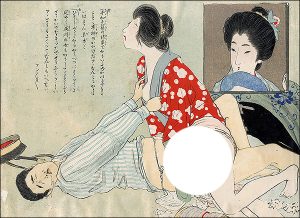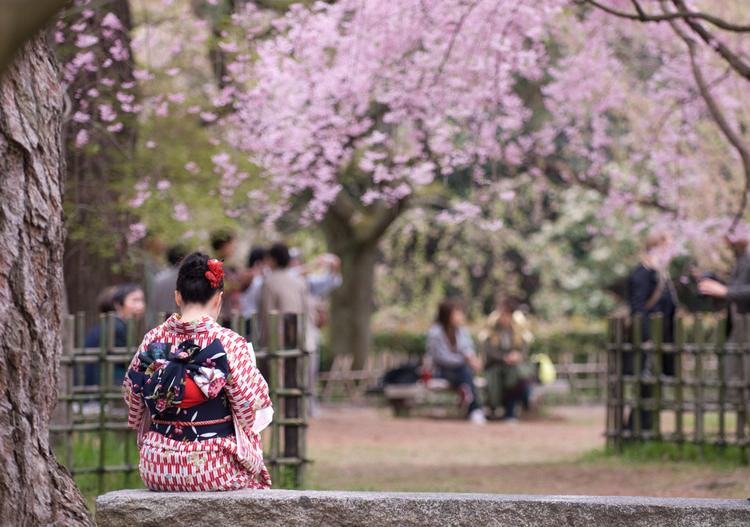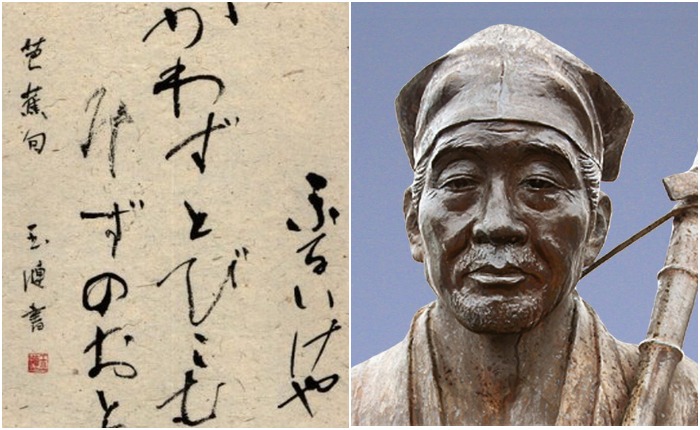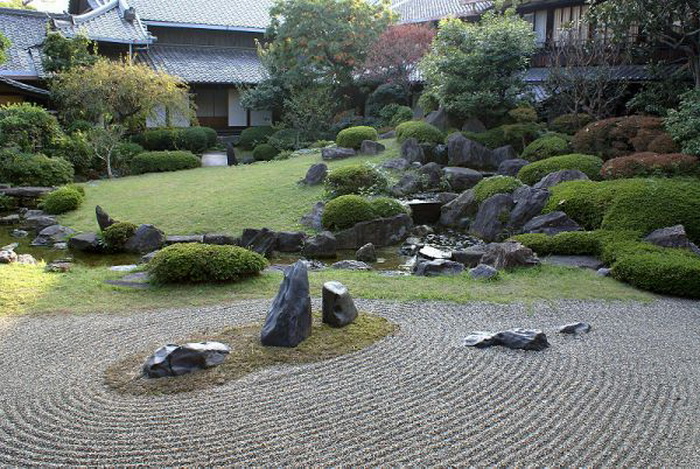that originated
Hentai History of the genre (18+)
 The appearance and development of hentai, pornographic manga and anime, is largely due to the specifically Japanese cultural and historical attitude to aesthetics and sexuality. Manga and anime in Japan in their modern form began to emerge during and after World War II. Modern hentai was only developed in the 1970s, when manga began to commercialize, and the readership, who managed to fall in love with it in childhood, grew up. To attract readers again, mangaki began to include elements of eroticism and bloody scenes in their works. Japanese laws from the Second World War until the early 1990s prohibited the graphic representation of genitals, so the creators of hentai, like any other product containing pornographic elements, were forced to partially censor them or to depict them schematically or symbolically. Flowers and shells symbolized the woman’s vagina, and snakes, fruits, vegetables – the male penis. Other techniques were also used, for example, the genitals were covered with aesthetic Continue reading
The appearance and development of hentai, pornographic manga and anime, is largely due to the specifically Japanese cultural and historical attitude to aesthetics and sexuality. Manga and anime in Japan in their modern form began to emerge during and after World War II. Modern hentai was only developed in the 1970s, when manga began to commercialize, and the readership, who managed to fall in love with it in childhood, grew up. To attract readers again, mangaki began to include elements of eroticism and bloody scenes in their works. Japanese laws from the Second World War until the early 1990s prohibited the graphic representation of genitals, so the creators of hentai, like any other product containing pornographic elements, were forced to partially censor them or to depict them schematically or symbolically. Flowers and shells symbolized the woman’s vagina, and snakes, fruits, vegetables – the male penis. Other techniques were also used, for example, the genitals were covered with aesthetic Continue reading
Japanese genre movie. Yakuza Eyga
 The Yakuza movie screening followed two canons: Yakuza – noble fighters against evil, and Yakuza – greedy villains. From a historical point of view, both positions are justified. The early Yakuza (17-18th century) deserve to be romanticized even more than samurai. Then they were the lone outsiders hired by the peasants to fight the unbridled ronin and samurai in the civil service (hence the first friction with the law). Peasants often could not pay, so such self-defense units earned their living by playing games (8-9-3 or “i-ku-dza” – a losing combination) or small-scale trading. But then the Yakuza began to unite, pay more attention to making money, and the team does not lead to anything good. Therefore, by the beginning of the 20th century, the Yakuza began to become like ordinary bandits, and in the years after the Second World War Continue reading
The Yakuza movie screening followed two canons: Yakuza – noble fighters against evil, and Yakuza – greedy villains. From a historical point of view, both positions are justified. The early Yakuza (17-18th century) deserve to be romanticized even more than samurai. Then they were the lone outsiders hired by the peasants to fight the unbridled ronin and samurai in the civil service (hence the first friction with the law). Peasants often could not pay, so such self-defense units earned their living by playing games (8-9-3 or “i-ku-dza” – a losing combination) or small-scale trading. But then the Yakuza began to unite, pay more attention to making money, and the team does not lead to anything good. Therefore, by the beginning of the 20th century, the Yakuza began to become like ordinary bandits, and in the years after the Second World War Continue reading
Yakuza Eyga
 Yakuza Eyga (Jap. ヤ ク ザ 映 画, literally – gangster cinema) is a Japanese cinema genre dedicated to the yakuza, at different times allowing either heroization or absolute denial of these characters. In the 1960s and the first half of the 1970s, the genre absolutely dominated the film distribution of this country.
Yakuza Eyga (Jap. ヤ ク ザ 映 画, literally – gangster cinema) is a Japanese cinema genre dedicated to the yakuza, at different times allowing either heroization or absolute denial of these characters. In the 1960s and the first half of the 1970s, the genre absolutely dominated the film distribution of this country.
The formation of the genre
In the era of silent cinema, films about bakuto, the forerunners of modern yakuza, became widespread in Japan. Most often, the plots were dedicated to fictional or real historical characters, to noble lone robbers who came to the defense of peasants oppressed by the authorities. For example, at least 8 films were dedicated to the semi-legendary hero from the time of the Tokugawa clan Tyuji Continue reading



